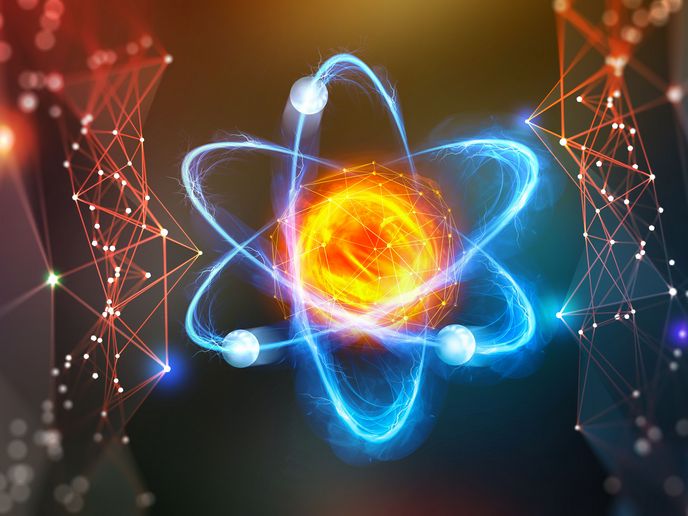Advancing accelerator science and technology in different ways
A core copper component of future particle accelerators has been produced using additive manufacturing as part of the EU-funded I.FAST(opens in new window) project. What makes this component special is that it has been 3D-printed in one piece for the first time. “This is proof that large copper components with a component height of nearly 400 millimeters can be manufactured additively with sufficient precision using our machines – or in other words: with 3D printing, we can manufacture even high-precision parts like this faster, cheaper and more energy-efficiently,” stated engineer Michael Thielmann of high-tech German company TRUMPF, the component’s manufacturer, in a news item(opens in new window) posted on ‘3D Printing Media Network’. The completed version of the pure-copper component was shown at the international 3D printing exhibition Formnext(opens in new window) held in Frankfurt in November 2022.
Cheaper and faster manufacturing
This component is a radio frequency quadrupole (RFQ), which – as reported in the news item – is one of the most complex parts of an accelerator. The RFQ provides energy to the beam of particles, bringing it close to the speed of light. Until now, RFQs were manufactured using time-consuming and costly conventional methods. They were fabricated in various parts and assembled afterwards involving several production steps such as milling and brazing. Additive manufacturing has made it possible to eliminate these steps and produce the component in one go. “Over 30 000 accelerators are currently in use worldwide, the large majority of which is used for healthcare, and industry. Additive manufacturing can help reduce the size and cost of all accelerator types, by improving and shortening their fabrication and enhancing their performance,” observed Maurizio Vretenar of I.FAST(opens in new window) project coordinator European Organization for Nuclear Research (CERN) in the same news item. Additionally, the green laser used in the 3D printing process allows for faster and cheaper manufacturing of copper components than systems using infrared technology, since the copper absorbs the green laser beam better than it would an infrared beam. “We need less energy to be as fast as an infrared laser, or we can work faster with the same energy,” noted Thielmann.
Challenging students
As part of its goal to put Europe at the forefront of accelerator science and technology, I.FAST(opens in new window) is inviting senior bachelor’s and master’s level students to take part in its summer 2023 challenge(opens in new window) to find new and innovative environmental applications for particle accelerators. For 10 days, from 25 July to 3 August, students from all backgrounds studying at European universities will work in multidisciplinary teams of six to think of ways in which accelerators can be used to address today’s environmental issues. High-level seminars on particle accelerators, environmental challenges and innovation will be held to assist students with their task. On the final day, each team will present its work to a jury of experts at CERN. The application deadline for this I.FAST(opens in new window) (Innovation Fostering in Accelerator Science and Technology) initiative is 28 February 2023. For more information, please see: I.FAST project website(opens in new window)



